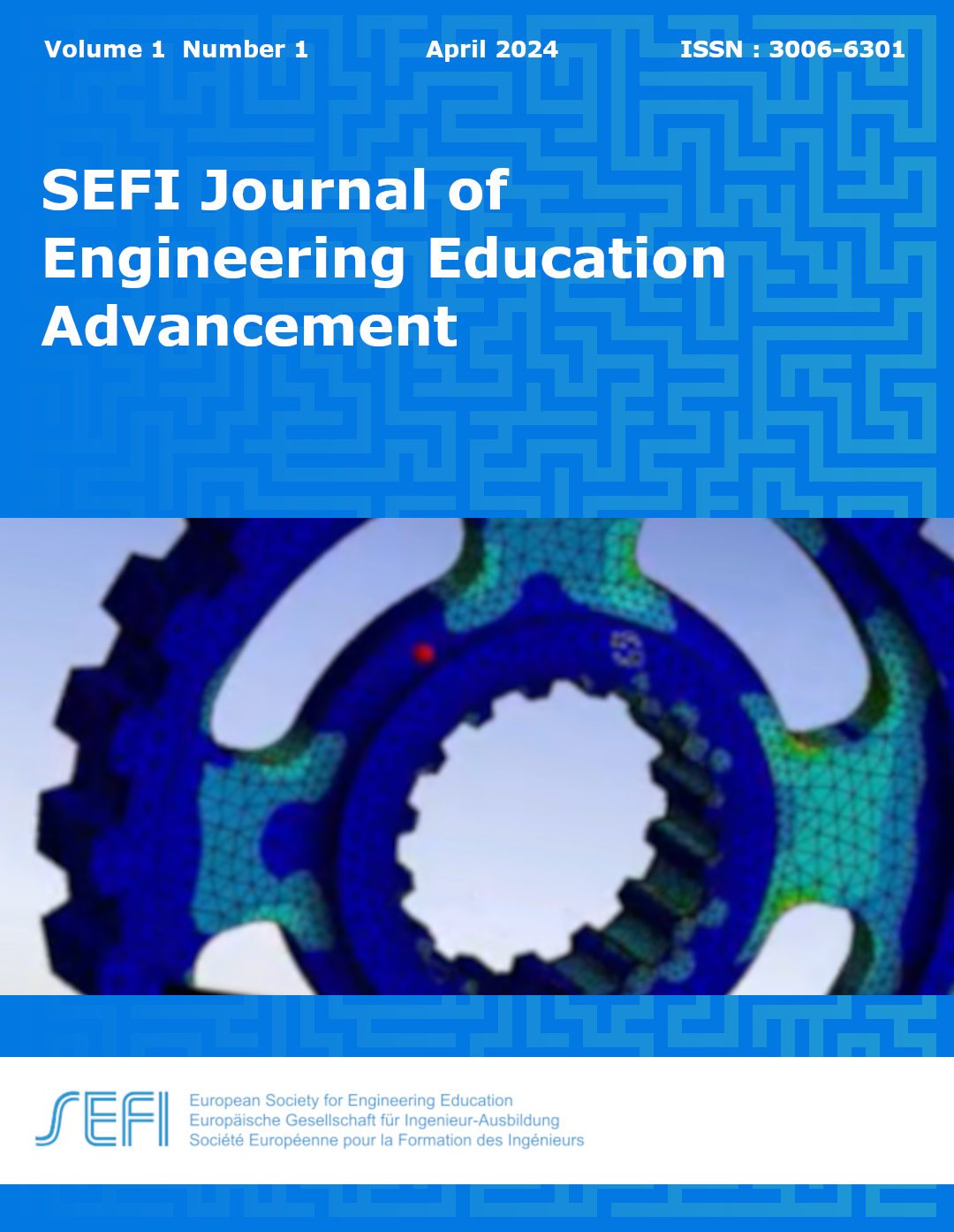A Causation-driven Approach to Engineering Education Using Data Analytics and Machine Learning Tools
Main Article Content
Abstract
This work presents a causation-driven approach to engineering education using data analytics and machine learning tools as an alternative to teaching/learning approaches based on combining the physical description of the phenomenon and using first principle and/or correlations/heuristics. We aim to increase the percentage of student participation during lectures, recognize the importance of using data analytics to understand a phenomenon, introduce students to machine learning tools as complementary analysis methods, and encourage students to perform research and find “different ways” to assess and solve an engineering problem. We illustrated our approach with three examples in two different domains: lectures and supervision, including (i) understanding the physical significance of the Nusselt number using exploratory data analysis, (ii) studying the impact of the reaction temperature on conversion using Bayesian structural time-series model to evaluate the effect of an intervention, and (iii) performing a heterogeneous treatment effect to assess the potential causation of combined demographic and environmental variables on health outcomes using Causal Random Forest. To evaluate the effectiveness of our approach, we quantified the percentage of student participation, which increased by more than 20%, as well as a set of generated lessons learned that attest to deepening the acquired knowledge.
Downloads
Article Details

This work is licensed under a Creative Commons Attribution-NonCommercial-NoDerivatives 4.0 International License.

